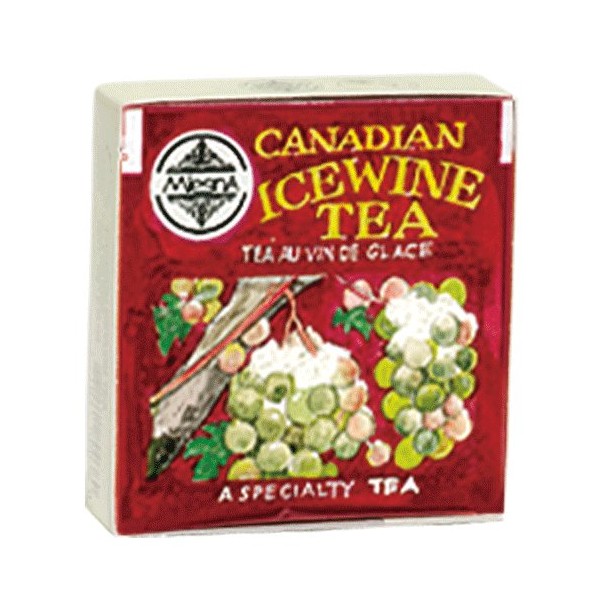

However, with icewine, the water in the grapes freezes more quickly than the sugar and separates out, concentrating the sweetness and fresh fruit flavours of the dehydrated grapes.

Sweet wines, such as French Sauternes and Barsac, Hungarian tokay and some late harvest wines, depend on botrytis cinerea, or “noble rot.” This fungus penetrates the grape skins and allows the water to evaporate, concentrating the juice. Icewine is different from other sweet wines: It’s a matter of cold versus rot. How is icewine different from other sweet wines? What should we look for when buying Icewine (insider tips)? What were the challenges in making it this year? Join me on our Sunday Sipper Club at 6 pm eastern as we’ll be chatting about this year’s Icewine harvest with special guest Dan Speck from Henry of Pelham winery. US President Obama served the 2003 Inniskillin Gold Oak Aged Vidal Icewine served at his Nobel Peace Prize Dinner in Oslo, Norway. Canada’s top international awards are dominated by Icewine. It makes sense to them that we would make it. People relate to Canada as a top Icewine producer due to our extreme Canadian winters. Our winters are consistently cold enough to make icewine every year, whereas Germany and Austria do not.Ĭanada is the largest icewine producer in the world, last year 2.5 million bottles worth $70 million retail. Where does Canada stand in the world in Icewine production?Īt the very top. The winery now lists the award-winning 2000 Chardonnay Icewine for a cool $250,000 a bottle.Ĭanada was recognized in international competition for its icewine when Niagara’s Inniskillin Estates won the coveted Grand Prix d’Honneur in 1991 at Bordeaux’s VinExpo. The most expensive icewine ever sold was Royal DeMaria 2006 Chardonnay Icewine, sold to a Saudi prince who paid $30,000 for a half bottle. What is the most expensive Icewine ever sold? It takes about 3-4 kilograms (8 pounds) of grapes to produce one half bottle of icewine, whereas that same amount of grapes would make six to seven times as much dry wine.

In 1997, with El Nino warm temperatures, Ontario (all Canadian?) vintners lost 75% of their icewine grapes. Netting the vines helps reduce some of the losses.Įach week past mid-January that picking is delayed because it’s not yet cold enough can mean another 10 percent loss of the crop. Most harvests usually occur in January, but that can mean a crop loss of as much as 60 percent compared to the fall harvest due to predators such as starlings, deer, insects, as well as weather: rain and hail storms that can blow the grapes off the vines, dropping them to the ground, where they can’t be used. Ontario exports 81% of Canadian icewine, BC 16%, Quebec 2% and Nova Scotia 1%.

The 23 producers in Quebec label their product Icewine but they harvest prior to -8C and hang in nets. There are now 96 wineries that produce Icewine in Canada: NS (3), BC (20), ON (71) and QC (2) of more than 500 wineries in Canada. Icewine first appeared on the Canadian landscape in 1973, resulting in the first commercial release by Hainle Vineyards from the Okanagan. Icewine is believed to have been accidentally discovered in Germany in 1794 when farmers tried to save their grape harvest after a sudden frost. You’ll find all of the icewines we discussed in this segment, along with dry red and white wines, showing you the stock for each wine at your closest liquor stores so that you can try them this weekend. Which are the best Icewines to buy right now and which food pairs best with Icewine? What is icewine and how is it different from other sweet wines? Why is Canada the world leader in producing it? Icewine: Canada’s golden winter elixir … that’s the hot topic of our segment above on CTV’s The Social.


 0 kommentar(er)
0 kommentar(er)
